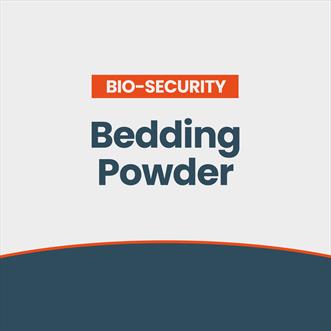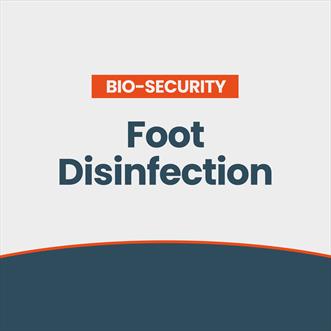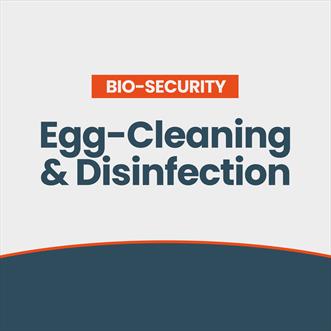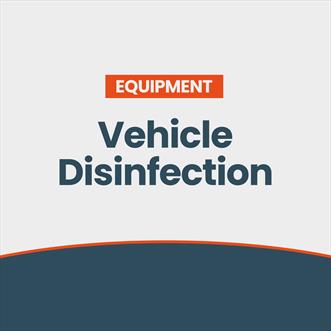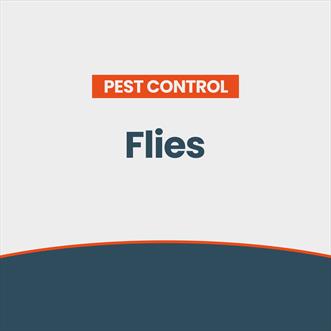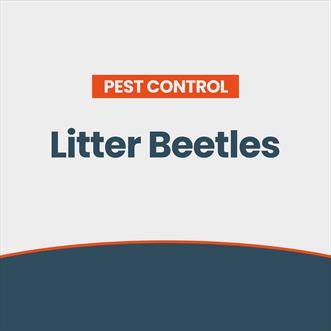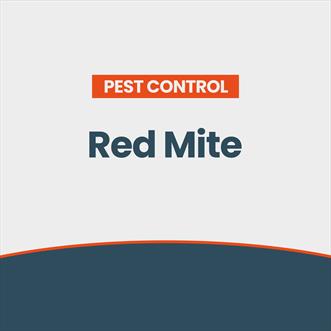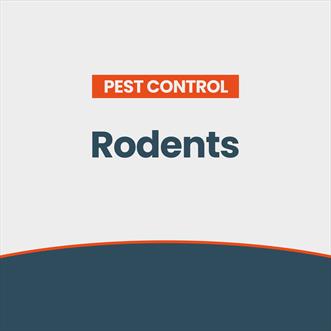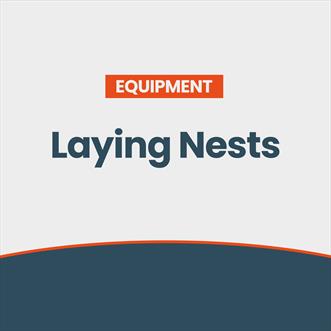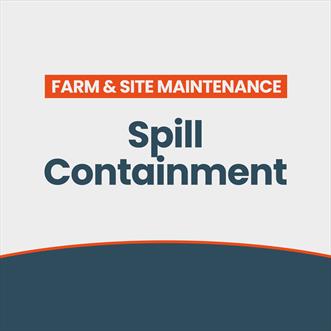How to tackle a persistent rodent problem
Understanding Baits: Single feed vs multi feed
Baits can be single feed or multi-feed. Multiple feeds of multi-feed bait will be required before death, so again, time must be allowed for this to happen. One of the advantages of multi-feed bait is that the risk to non-target animals is smaller. However, this also means that rodents can build up resistance over time. If multi-feed bait has not worked within the timescale recommended by the bait manufacturer, it could be worth switching to a single feed bait.
Use enough bait
Ensure that your bait stations are monitored and restocked regularly to ensure sufficient uptake of bait. Any wet, mouldy or unappealing bait should be replaced with fresh bait and that bait should be replenished until it is longer being consumed. Follow the manufacturer’s instructions and do not be tempted to skimp on the number of bait stations.
Be prepared to try different formulations
Baits come in a variety of different forms and formulations – there is no ‘one size fits all’, as rodents have individual food preferences. The best bait is highly palatable and one that the rodent chooses to eat over any other food source in the vicinity.
It is worth trying different formulations with different active ingredients and palatability if the problem is persistent, as well as different forms. Baits come in loose cereal and pellet form, as well as wax blocks and gels and pastes. Mice in particular prefer unwaxed baits, particularly wholegrains, cut wheat and seed based baits which are the closest to their natural food preferences. Wax blocks are often more palatable to rats. Contact foam is useful for hard-to-reach cavity walls. Interhatch stocks a full range of bait which can be filtered by form, active ingredient and type of bait. You can also read our quick guide to ‘Keeping Rodents at Bay’.
Locate bait stations correctly
Rats instinctively use boundaries as guides so placing bait traps near walls and in low light makes sense – rats like to feel secure. If you’re struggling to get on top of your rodent problem it could be worth going back to basics and spending some time monitoring the problem to identify behaviour and ‘runs’ to make sure your traps are located correctly. Inspections should be made at night when rodents are most active and a monitoring bait, such as Detex blocks can be used to help establish rodent patterns.
Do not delay
Rats and mice multiply quickly due to their very short gestation period so if your baiting programme isn’t working within a reasonable amount of time, it’s important to take action. If you’d like to chat through different options with one of our specialists, please get in touch. Baiting programmes should always be combined with regular monitoring and appropriate prevention measures such as rodent proofing your site and removing sources of food and water. For an in depth guide to the prevention and control of rodent infestations, Defra has a useful code of practice.





